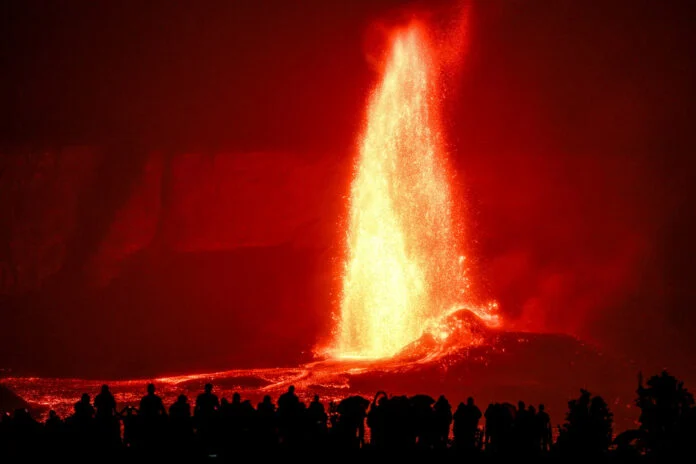The Pyramid of Menor is the smallest of the three major pyramids on the Giza Plateau, made mostly of limestone but partly cased and lined with pink granite. King Menor, believed to be responsible for its construction in the 26th century BC, has a ruined pyramid with a large gash on its northern face.
The pyramid has an intricate system of passageways and chambers, including a granite-lined burial chamber with a curved roof that once held a magnificent Basel sarcophagus. The coffin found in the pyramid was not Menor's and was much later than the 26th century BC. The bones found in the pyramid were less than 2,000 years old. The pyramid's inscription on its northern face mentions Menor by name, the day, and month the king died, which confirms that New Kingdom Egyptians believed this pyramid belonged to Menor.
The pyramid's enormous gash on its northern face is believed to be the unsuccessful attempt of Alyses Utman, the Second Son of Saladin Sultan of Egypt, to demolish the pyramid in the 12th century. However, the reason for the damage is not likely an attempt to destroy the pyramid. It is more logical to work from the top down if you were tasked to destroy an enormous stone pyramid. The Arabs already had a full understanding of the interior of the Great Pyramid and how the king's chamber was found high up, so could the Menor pyramid be hiding more inside the superstructure?







